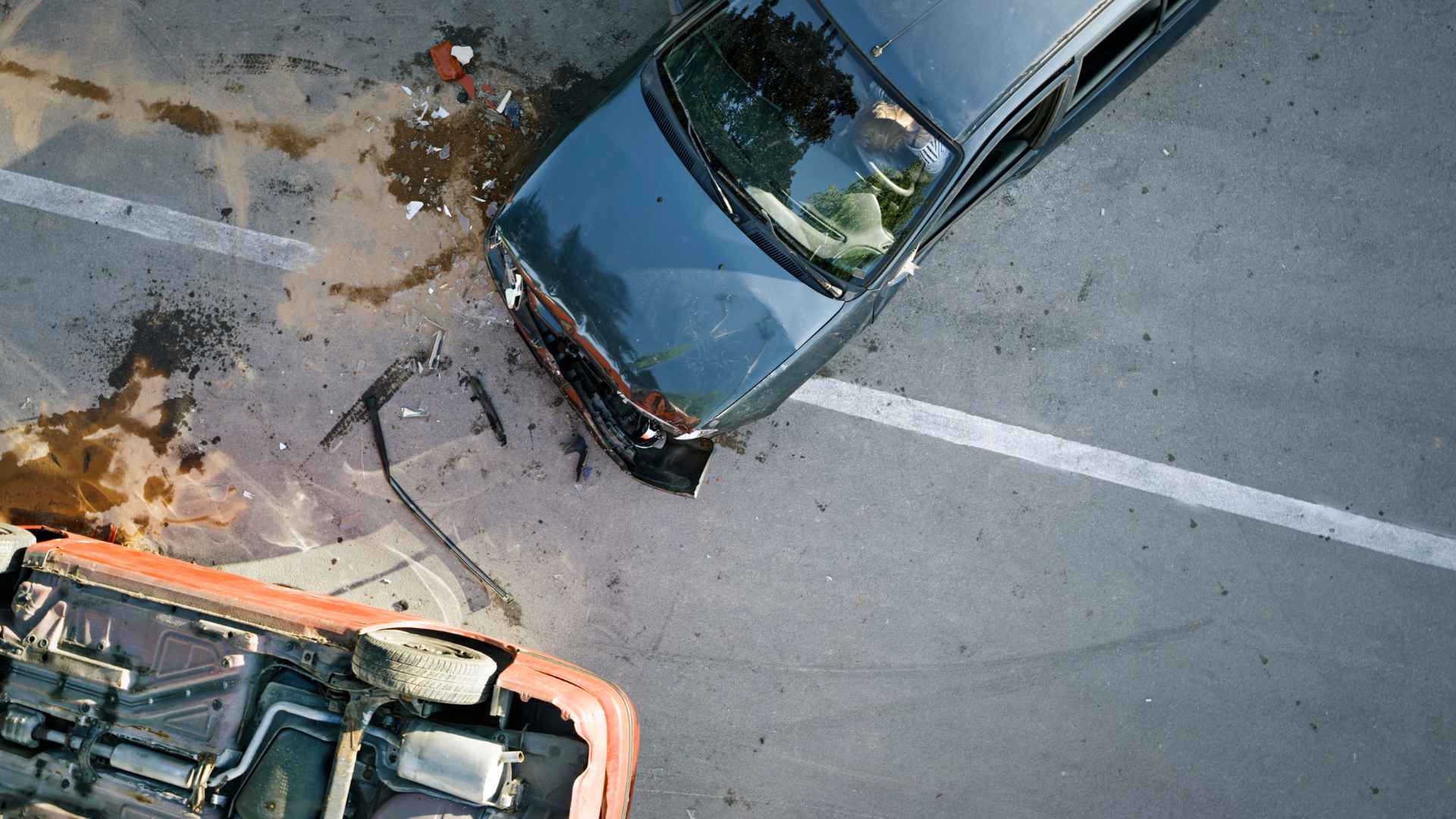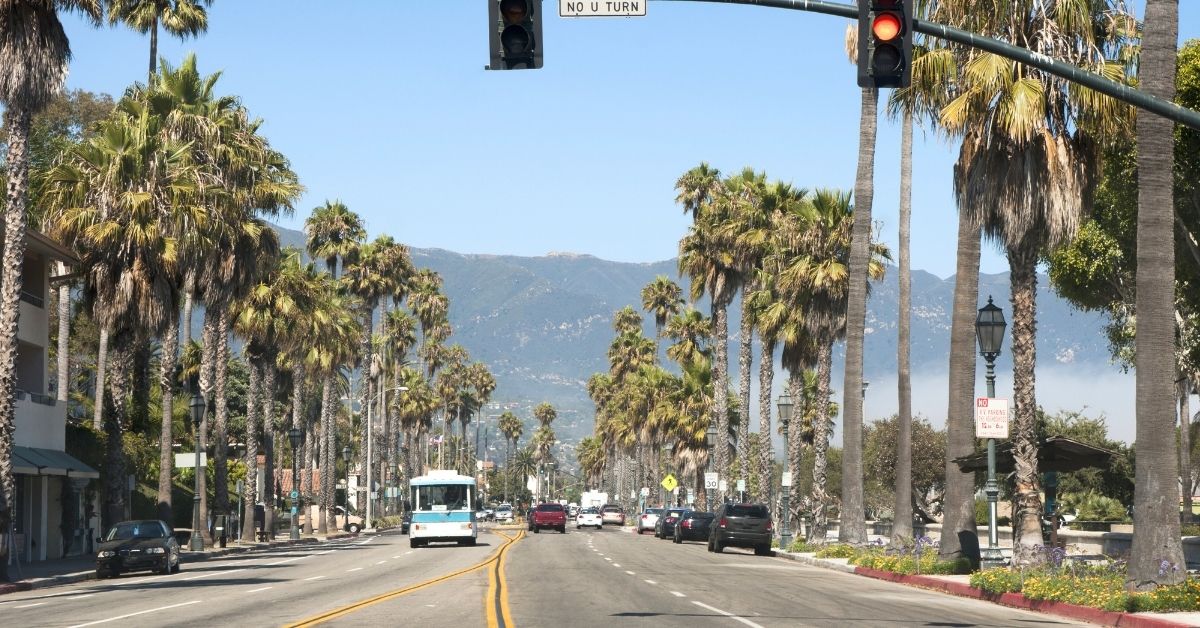Understanding Fault in Car Accidents: Who’s Liable?

Navigating the aftermath of a car accident often involves a maze of legal difficulties. Especially, when it comes to determining fault and liability. At B|B Law Group, we understand the complexities individuals face in establishing responsibility following a car accident. In our guide, “Understanding Fault in Car Accidents: Who’s Liable?” we explore the world of fault acknowledgment in car accident incidents. From dissecting the key factors influencing liability to exploring the legal consequences of fault determination. At B|B Law Group we aim to empower individuals with the knowledge and insights needed to navigate this often daunting terrain. Keep reading as we provide clarity and guidance for those looking to understand fault in the aftermath of a car accident.
Explaining Fault in Car Accidents
Understanding fault in car accidents is pivotal in determining liability and legal and insurance implications. In the context of car accidents, fault refers to the determination of who is responsible for the incident. It involves assessing factors such as negligence and violations of traffic laws. Additionally, it looks at the sequence of events leading to the collision. Different states in the U.S. adhere to either at-fault or no-fault insurance systems, impacting how liability is assigned. In at-fault states, the driver responsible for the accident bears liability and their insurance covers damages. On the other hand, in no-fault states, each party’s insurance covers their expenses, reducing the need for establishing fault but potentially limiting the ability to seek compensation through lawsuits. Understanding these distinctions is crucial in comprehending the intricacies of liability and navigating the aftermath of car accidents effectively.
California is an “At-Fault” State
California operates as an “at-fault” state when it comes to car accidents and insurance claims. In this system, liability is assigned to the driver determined to be responsible for the accident. The at-fault driver and their insurance company are typically responsible for covering the damages incurred by other parties involved in the collision. However, California also requires drivers to carry liability insurance to cover their damages if they are at fault. This system allows individuals to seek compensation through their insurance or legal action against the at-fault party. In turn, it offers a more comprehensive route for recovering damages compared to a no-fault system. Understanding California’s at-fault system is crucial for those navigating car accidents, as it determines the process for seeking compensation and the legal responsibilities of the involved parties.
Factors Influencing Fault After a Car Accident
Determining fault in a car accident involves an intricate analysis of multiple factors pivotal in assigning liability. Traffic laws serve as a fundamental benchmark, outlining the rules and regulations that drivers must adhere to on the road. Any violations or disregarding of these laws can significantly impact fault attribution. Additionally, negligence plays a critical role in establishing fault. Negligence can be anything from whether it’s failure to yield, speeding, or distracted driving. Beyond driver actions, evidence gathered from the accident scene, witness statements, and expert analysis contribute significantly to determining fault. Common scenarios, such as rear-end collisions where the following driver is often considered at fault for not maintaining a safe distance, or intersection accidents where right-of-way violations might dictate fault, highlight how specific circumstances help establish liability. Understanding these contributing factors is crucial in comprehending fault in car accidents and navigating the ensuing legal and insurance proceedings effectively.
Comparative Negligence
Comparative negligence is a legal principle applied in cases where both parties involved in an accident share a degree of fault. This concept acknowledges that multiple parties can contribute to an incident. Ultimately each driver/party bears a portion of the responsibility. In states following comparative negligence laws, liability, and compensation are determined based on the percentage of fault assigned to each party. For instance, if one driver is found 70% at fault while the other is 30% at fault, their compensation is adjusted accordingly. However, the impact of comparative negligence varies across states. Some follow pure comparative negligence, allowing even a highly at-fault party to seek partial compensation. While others adhere to modified comparative negligence. This restricts compensation if a party is deemed equally or more at fault than the other. Understanding the nuances of comparative negligence is critical, as it significantly influences the amount of compensation that an individual can seek or be liable for in the event of an accident.
Establishing Liability
Establishing liability after a car accident involves a multifaceted process that relies on various forms of evidence and analysis. Critical components include police reports documenting the details and circumstances of the accident. Additionally, it provides an official record of the incident. Witness statements also play a pivotal role. They offer firsthand accounts that can corroborate or contradict the involved parties’ narratives. Insurance companies and adjusters are integral players in this process, conducting their investigations and assessing the evidence to assign fault. Their role is crucial, as they often play a significant part in determining liability and subsequent compensation claims. Understanding the mechanisms through which liability is established, including the role of different forms of evidence and the involvement of insurance entities, is pivotal for individuals navigating the aftermath of a car accident and seeking fair resolution.
No-Fault Insurance Systems
No-fault insurance systems operate on the premise that after a car accident, each party’s insurance company covers their medical expenses and damages, regardless of who caused the collision. This system aims to streamline the claims process. In turn, it reduces the need for lengthy fault determinations and potential legal battles. While no-fault systems offer quicker compensation for injuries, they come with both limitations and benefits. On one hand, they facilitate prompt medical coverage for injuries, allowing individuals to access treatment without delay. However, they also limit an individual’s ability to sue for non-economic damages like pain and suffering. Unless the injuries surpass a certain threshold of severity. This limitation can restrict an injured party’s ability to seek full compensation for the emotional and intangible impacts of the accident. Understanding the nuances of no-fault insurance systems is crucial. They significantly influence the compensation available to individuals involved in car accidents and the legal recourse they may pursue.
Legal Considerations
Legal considerations in determining fault after a car accident extend beyond insurance claims. They also encompass civil lawsuits and personal injury claims. Fault attribution directly impacts an individual’s ability to seek compensation for damages incurred. In cases where fault is contested or where insurance coverage proves insufficient, individuals may pursue civil lawsuits to recover additional damages. The determination of fault significantly influences the strength of these legal claims. It shapes the compensation an injured party may seek. Legal representation plays a pivotal role in navigating these complexities, ensuring that the injured party’s rights are protected and advocating for fair compensation. Understanding the legal implications of fault determination is essential for those involved in car accidents.
Handling Fault Disputes
Handling fault disputes can be a challenging aspect of a car accident. When involved parties or insurance companies contest fault, it’s crucial to respond with a strategic approach. Gathering as much evidence as possible, including witness statements, photographs, and police reports, is essential to substantiate your version of events. Remaining calm and avoiding arguments or admissions of fault during discussions is advisable. Seeking legal advice and representation becomes paramount in such scenarios. Experienced attorneys, like the ones at B|B Law Group, can navigate these complexities, negotiate on your behalf, and safeguard your rights. Additionally, understanding your insurance policy and coverage details can provide insights into how fault disputes may affect your claim. Ultimately, staying proactive, documenting thoroughly, and seeking legal guidance are vital steps when facing fault disputes after a car accident.
Los Angeles Personal Injury Lawyers Ready to Assist
Understanding fault in car accidents is pivotal. From dissecting the factors influencing liability to comprehending the legal implications of fault determination, this exploration sheds light on a nuanced aspect of post-accident scenarios. At B|B Law Group, our team of experienced Los Angeles Personal Injury Lawyers stands ready to assist. We help individuals grappling with fault disputes or seeking rightful compensation after a car accident. With a wealth of expertise in handling these intricate cases, we offer personalized guidance and dedicated advocacy to ensure that your rights are protected.
Contact B|B Law Group Today for a Free Consultation
Don’t navigate the aftermath of a car accident alone—reach out to B|B Law Group today for compassionate and expert legal assistance in seeking the compensation you deserve.


